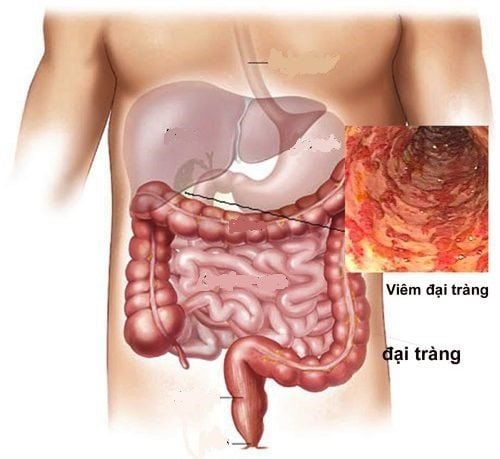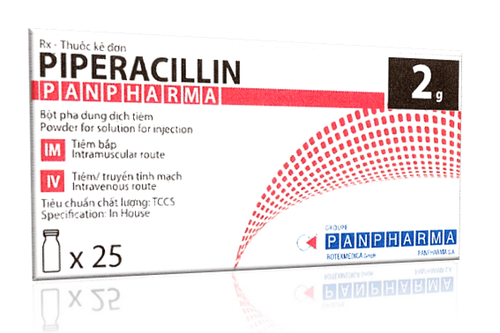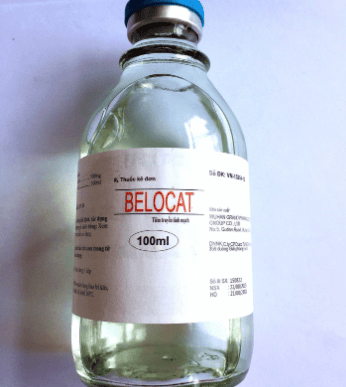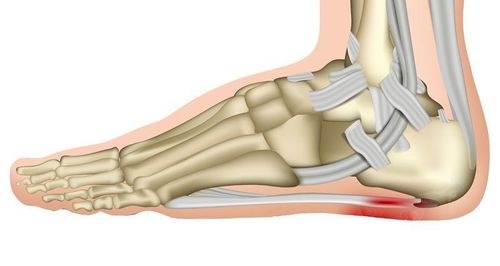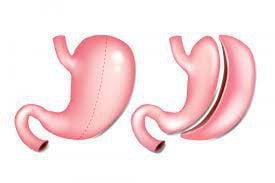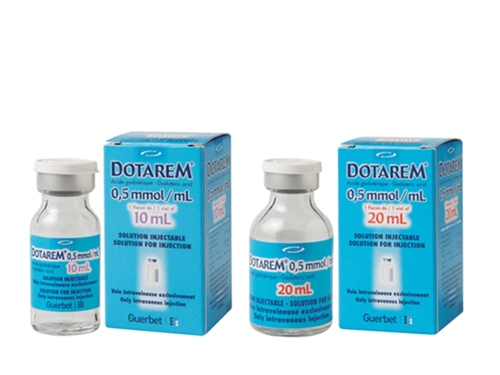This is an automatically translated article.
The article is professionally consulted by Master, Doctor Tong Diu Huong - Radiologist - Department of Diagnostic Imaging - Vinmec Nha Trang International General Hospital.Abscesses sometimes form inside an organ or in the space between organs. Visceral infection is one of the causes of abscesses. It can be diagnosed and treated by draining the abscesses of the viscera under the guidance of digital background erasure.
1. Overview
In clinical practice, intra-abdominal visceral abscess is one of the common surgical pathologies. Abscesses inside the body mainly appear in people who already have the disease, or have a weakened immune system. For example, a lung abscess can form after a bout of pneumonia, a brain abscess that forms after a head injury that ruptures the protective outer layer of the brain.The most common causes of liver abscess are:
Bacteria; Amoeba; Gallstones ; Bile duct infection. In addition, renal abscess may occur due to pyelonephritis or kidney stones.
In the past, the treatment method was usually surgery to open the visceral abscess, clean and drain the fluid. Currently, abdominal abscess is also treated by newer methods instead of major surgery. Specifically, percutaneous abdominal drainage under ultrasound guidance, computed tomography (CT), enhanced X-ray screen or digital background erasure.
2. When is it necessary to perform drainage of visceral abscesses under the guidance of digital background removal?
2.1. Point
Abscess drainage techniques under the guidance of digital image erasure are indicated in the case of abscesses in many different organs of the body, such as:Liver; Pancreas; Spleen; Kidney and peri-renal; Abscess in the abdomen, retroperitoneum; Intramuscular (can be an alternative to surgery)
2.2. Contraindications
The technique should not be performed if the patient has:Coagulation disorder, prothrombin ratio lower than 70% and platelet count less than 50 G/l; Severe hepatic, renal, respiratory or circulatory failure (Can be performed in the ICU).
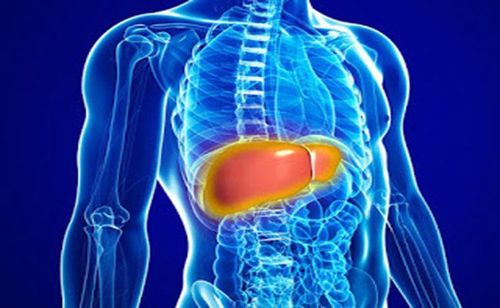
Bệnh nhân suy gan chống chỉ định thực hiện
3. Preparation steps
3.1. Executor
Specialist doctors and assistant doctors; Electro-optical technician; Nursing staff; Anesthesiologist or technician (if patient is uncooperative).3.2. Vehicle
Digital background removal angiography (DSA); Film, film printers and image storage systems; Lead vest and protective apron, X-ray shielding.3.3. Medicine
Local anesthesia and general anesthesia (if indicated); Water-soluble Iodine Contrast Contrast; Limit spasms of the digestive tract; Antiseptic solution for skin and mucous membranes.3.4. General medical supplies
5 - 10 - 20ml syringes; Distilled water or physiological saline; Surgical caps, gowns, gloves and masks; Sterile interventions: Knives, scissors, tongs, metal bowls, bean trays and trays; Cotton wool, medical gauze and surgical tape; Medicine box and first aid kit for contrast dye accidents.3.5. Special medical supplies
Kim Chiba soft tissue aspiration; Catheter set into the lumen of the vessel; Standard conductor size 0.035 inch; Hard conductor 0.035 inch long (260 - 300cm); Cobra 4-5F angiography catheter; Pigtail drain 6-12F (with multiple side holes); Leather stitches.3.6. Patient
To be clearly explained by the doctor about the procedure to coordinate well during the implementation; Need to fast before 6 hours, drink less than 50ml of filtered water; The patient lies supine in the intervention room; Install a monitor to monitor the following indicators: breathing rate, pulse, blood pressure, electrocardiogram and oxygen saturation SpO2 ; Disinfect the skin and then cover with a sterile towel; If the patient is too excited, can't lie still, give a dose of sedation.
Trước khi làm thủ thuật, bệnh nhân chỉ uống dưới 50ml nước lọc
3.7. Test form
Medical records for inpatient treatment; Indication card to carry out the procedure; X-ray film, CT Scan, or MRI if available.4. Steps to take
4.1. Pre-intervention assessment
Assessment of abscesses through ultrasound and/or computed tomography; Determine the location, limits as well as nature of the abscess; Mark the expected site of access to the abscess.4.2. Reveal the way in
Extensive disinfection at the needle puncture site; Local anesthetic; Use a surgical blade to make small incisions in the skin; Ultrasound can be applied to choose the most convenient and accurate way to enter, so that the path does not go through the vessels or digestive tract.4.3. Approaching the abscess
Guided needle puncture through the skin incision, under ultrasound guidance, in the abscess; Injecting contrast material into the abscess to determine the status of the needle in the abscess; Extract fluid from the abscess to culture, isolate microorganisms and make antibiotic charts; Insert the guide wire into the abscess cavity following the guide needle.4.4. Place drains
Use a tube to insert the abscess into the abscess by following the guide line; Enlarge the inlet, increasing in size from 8 - 12F depending on the diameter of the catheter intended to be placed; Place a drain with multiple side holes (pigtail) along the lead into the abscess; Using surgical sutures to fix the drainage catheter; Use sterile physiological saline to flush the abscess until the fluid is clear.5. Complications and treatment
The technique of draining the abscesses of the viscera under the guidance of digital imaging and erasing the background is considered successful when:The drain is already in the abscess; Fluid in the abscess drains spontaneously through the drain; There is no fluid or hematoma around the draining viscera. It should be noted that this method also has the risk of some rare complications such as:
Patients with shock due to pain or drug shock: Stop the procedure and anti-shock according to the protocol; Heavy bleeding: Transfuse blood to the patient and switch to surgery; Abscess drainage into the abdomen or gastrointestinal fistula: Continue drainage or decide to have surgery depending on the case; Infection: Treat with antibiotics or switch to surgery depending on the specific case. In general, an abscess inside the body if left untreated is usually very serious. Patients have the ability to change very badly, so treatment is necessary. In addition to major surgery to drain the pus, other techniques to drain the liver abscess or drain the lung abscess are also suggested and chosen depending on the specific case, including drainage of the abscesses. organs under the guidance of digitizing and erasing the background.
Vinmec International General Hospital has applied modern examination techniques to improve the quality of medical examination and treatment for all customers. Accordingly, the doctors who carry out the procedures are all well-trained doctors with high expertise, thus giving accurate results, making a significant contribution to the identification of the disease and the stage of the disease. offer the optimal treatment regimen for customers.
Master. Doctor. Tong Diu Huong has more than 10 years of experience in the field of specialized imaging in diseases on images Ultrasound, X-ray, multi-slice CT, Magnetic resonance in diseases of the nervous system, digestive system , urology, cardiology, musculoskeletal... Besides, there are interventional imaging techniques, fine needle aspiration cells under the guidance of ultrasound and computed tomography.
If you have a need for medical examination by modern and highly effective methods at Vinmec, please register here.





